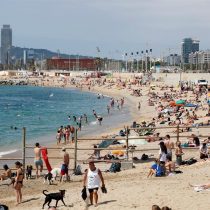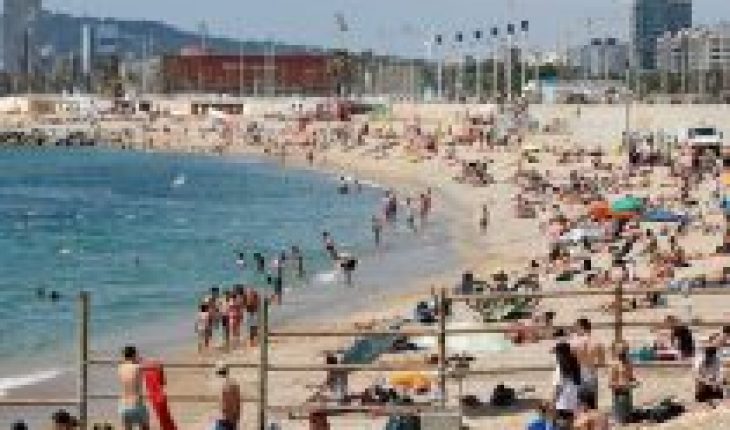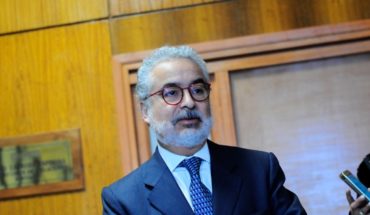
The whole of Spain enjoys the first Sunday with total freedom to move after more than three months of limitations, a relief when the summer begins, which visitors from the Schengen European area, except Portugal, will also be able to enjoy, without having to quarantine.
Today 98 days of restrictions on mobility and confinement end in the harshest days of the pandemic, which inednered the abrupt stalemate of the economy and daily customs of millions of people in Spain, where more than 28,300 people have died from coronavirus.
Mobility within Spain is now resumed, which facilitates the reunion of relatives from different provinces or the possibility of traveling to second residences in coastal or mountain areas, but also the beginning of the arrival of international visitors, since from today the airports are open for flights from Europe.
The large airports of Spain such as those of Madrid and Barcelona returned to operation on Sunday, although not at full capacity, after more than three months with virtually zero activity.
Today, a hundred international flights from the Schengen European area are expected, except Portugal, which will open its borders with Spain on 1 July, in addition to 225 domestic flights.
The first two flights arriving at Madrid airport on Sunday, one of the gateways to Spain from the outside, came from Paris and Milan (Italy).
Until yesterday the arrivals received by Spain from third countries were limited, since only flights were justified by situations such as expatriations, for reasons of work or residence.
At the airports, images of family reunions of Spaniards were now seen abroad, but also the arrival of the first foreign visitors.
Spain, a major recipient of international tourism, received 83.7 million visitors last year, most of them from the UK (18.1 million), Germany (11.2 million) and France (11.1).
Many of them do not go to hotels, but have a second residence in Spain, as is the case of more than 400,000 Britons with houses in the coastal areas and who, like the other Europeans who arrive, will not have to pass a quarantine.
Today also in the villages bordering France there was an activity as it had not been seen for months, with gas stations, tobacconists and shops full of customers coming to Spain to buy cheaper products such as tobacco or gasoline.
The clearest picture of this new normal is that of the beaches full of bathers and the roads with fluid and continuous traffic, as a sign of that freedom of movement recovered after the Government decreed the state of alarm and therefore the reduction of mobility, on 14 March, in the middle of the coronavirus pandemic.
But also the Spanish cities and towns recovered another lost image, that of children enjoying the play areas in public parks, closed for more than three months as a safety measure.
Although mobility constraints have been ended today, the authorities insist on maintaining caution and calling for compliance with hygiene standards and personal estrangement to prevent the dreaded flare-ups of a pandemic that has left 28,322 deaths and 245,938 contagions, according to the latest official data.
That is why the mandatory use of masks is applied in public transport and in places where it is not possible to maintain a distance between people of at least one and a half meters. Many regional governments have also decreed limiting capacity in public places, such as the Community of Madrid, the most affected by coronavirus.
The government’s fourth vice-president, socialist Teresa Ribera, insisted on a “cautionary” message on Sunday to take extreme caution and care: “Although we keep it at bay, the virus is there,” she said in an interview on Spanish public radio.





